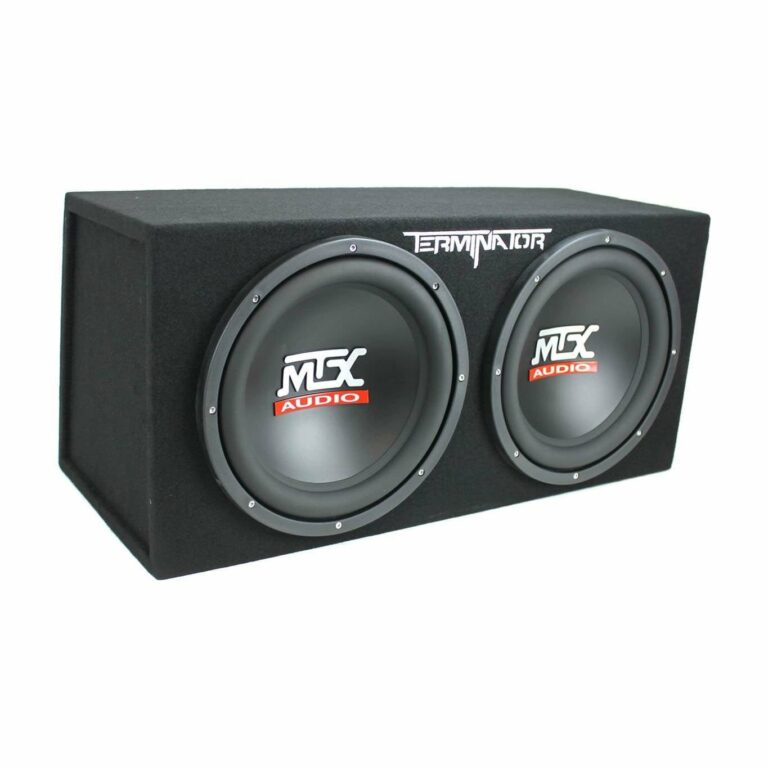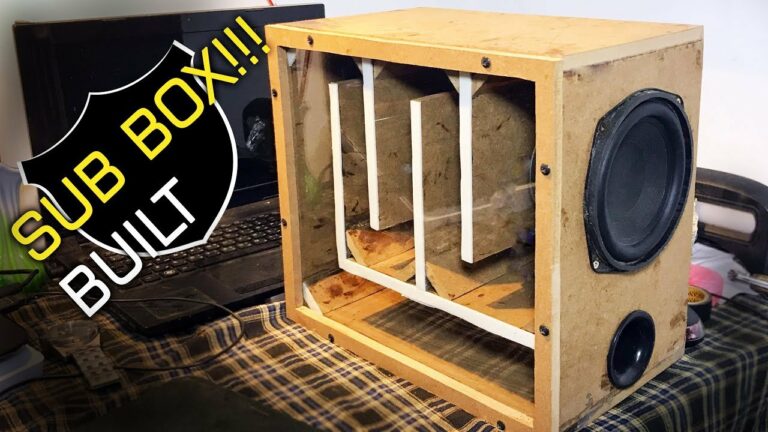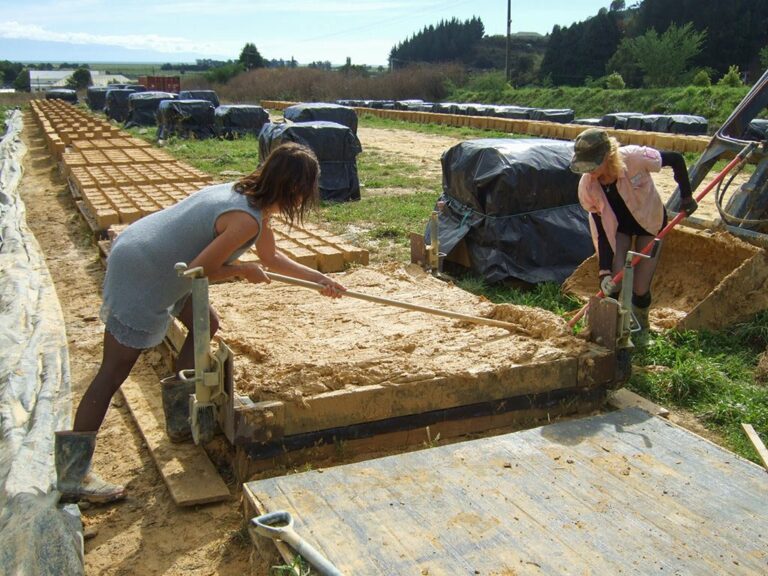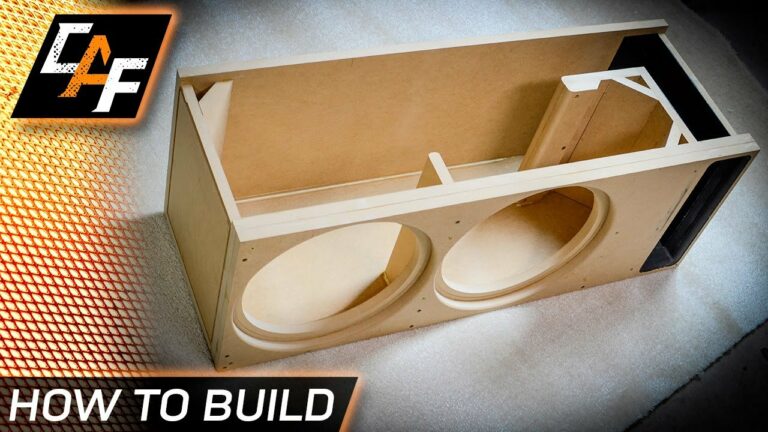Comparing Fly Ash Bricks Vs Clay Bricks: Which Is Better?
Looking to build a sturdy and reliable structure? When it comes to choosing the right building material, the battle between fly ash bricks vs clay bricks has left many wondering which is the superior choice. Well, the answer lies in understanding the benefits and drawbacks of each option. Fly ash bricks, made from industrial waste, are known for their eco-friendly nature and cost-effectiveness. On the other hand, clay bricks, the traditional choice, offer durability and a timeless appeal. So, let’s dive into the details and explore the pros and cons of fly ash bricks vs clay bricks to help you make an informed decision for your construction project.
Fly Ash Bricks vs Clay Bricks:
Fly ash bricks and clay bricks are two common building materials used in construction projects. Both have their own unique characteristics and advantages. In this article, we will explore the differences between fly ash bricks and clay bricks, their manufacturing processes, environmental impacts, durability, cost-effectiveness, and other important factors to help you make an informed decision.
1. Manufacturing Process
Fly Ash Bricks:
– Fly ash bricks are manufactured using fly ash, a by-product of coal combustion in thermal power plants.
– Fly ash, combined with other materials such as sand, cement, and gypsum, is mixed together to form a paste.
– The paste is then molded into bricks using hydraulic pressure and cured under controlled temperature and humidity conditions.
– The bricks are then allowed to dry and harden before being ready for use.
Clay Bricks:
– Clay bricks are made from natural clay, which is usually found in abundance.
– The clay is first molded into the desired shape, either manually or using machines.
– The molded bricks are then dried in the sun or in kilns for a specific period of time to remove any moisture.
– Finally, the bricks are fired in a kiln at high temperatures, which vitrifies the clay and gives it strength and hardness.
2. Environmental Impact
Fly Ash Bricks:
– Fly ash bricks are considered environmentally friendly because they utilize a waste material (fly ash) that would otherwise be disposed of in landfills.
– By using fly ash in brick manufacturing, the demand for clay is reduced, which helps conserve natural resources.
– Additionally, fly ash bricks require less energy during production compared to clay bricks, resulting in lower carbon emissions.
Clay Bricks:
– Clay bricks have a higher environmental impact compared to fly ash bricks as they require the excavation of clay from the earth.
– The extraction of clay can lead to deforestation, habitat destruction, and soil erosion.
– The firing process in kilns also consumes a significant amount of energy and releases greenhouse gases.
3. Durability
Fly Ash Bricks:
– Fly ash bricks have good compressive strength and durability, making them suitable for construction purposes.
– They have a low water absorption rate, which reduces the chances of cracks or damage caused by moisture.
– Fly ash bricks also have excellent fire resistance properties, making them ideal for areas prone to fire hazards.
Clay Bricks:
– Clay bricks are known for their high durability and strength.
– They have good thermal insulation properties, which helps in maintaining a comfortable indoor temperature.
– However, clay bricks can absorb water, resulting in efflorescence and potential damage due to freezing and thawing cycles.
4. Cost-effectiveness
Fly Ash Bricks:
– Fly ash bricks are generally more cost-effective than clay bricks.
– The use of fly ash, a waste material, reduces the cost of raw materials.
– Fly ash bricks require less mortar during construction due to their precise dimensions and uniform shape, reducing labor costs.
Clay Bricks:
– Clay bricks are usually more expensive compared to fly ash bricks.
– The cost of raw materials, including clay, transportation, and energy consumption during the manufacturing process, contributes to their higher price.
5. Aesthetics and Design
Fly Ash Bricks:
– Fly ash bricks are available in various sizes, colors, and textures.
– They can be customized to match different architectural styles and design preferences.
– Some fly ash bricks also have a smooth finish, eliminating the need for plastering.
Clay Bricks:
– Clay bricks are renowned for their natural and earthy appearance.
– They come in different sizes, including standard and modular sizes, offering design flexibility.
– The rich colors and textures of clay bricks add a timeless charm to any building.
6. Construction Speed
Fly Ash Bricks:
– Fly ash bricks are uniform in shape and size, which makes them easier to handle and align during construction.
– Their precise dimensions reduce the need for excessive mortar, resulting in faster construction times.
Clay Bricks:
– Clay bricks may vary slightly in size and shape, which can make construction slightly slower and more intricate.
– Extra care is required to ensure proper alignment and mortar usage during construction.
7. Insulation Properties
Fly Ash Bricks:
– Fly ash bricks have good thermal insulation properties, helping to regulate indoor temperature and reduce energy consumption.
– They also offer sound insulation, minimizing noise transmission from external sources.
Clay Bricks:
– Clay bricks provide excellent thermal insulation due to the air pockets within the brick structure.
– They help maintain a comfortable indoor environment by reducing heat transfer through walls.
8. Maintenance and Repairs
Fly Ash Bricks:
– Fly ash bricks require minimal maintenance, as they are generally resistant to weathering, pests, and chemicals.
– In case of damage, individual bricks can be easily replaced without affecting the overall structure.
Clay Bricks:
– Clay bricks are durable but may require occasional maintenance, such as repointing or replacing damaged bricks.
– Their porous nature may make them prone to efflorescence and staining, requiring periodic cleaning.
9. Environmental Certifications
Fly Ash Bricks:
– Fly ash bricks can contribute to obtaining green building certifications, such as LEED (Leadership in Energy and Environmental Design), as they promote sustainable practices.
Clay Bricks:
– Clay bricks are a natural and traditional building material; however, they may not carry specific environmental certifications.
10. Availability
Fly Ash Bricks:
– Fly ash bricks are readily available in areas with coal-fired thermal power plants.
– Their availability may be limited in areas where coal power plants are less prevalent.
Clay Bricks:
– Clay bricks are widely available in many regions due to the abundance of clay deposits.
In summary, both fly ash bricks and clay bricks have their own pros and cons. Fly ash bricks offer environmental benefits, cost-effectiveness, and ease of construction, while clay bricks are known for their durability, aesthetics, and insulation properties. Consider your specific project requirements, local availability, and budget to determine the best choice for your construction needs.
Which Brick is Better for Construction | Red Brick vs Flyash Brick | Advantage of Fly Ash Brick?
Frequently Asked Questions
What are the advantages of using fly ash bricks over clay bricks?
Fly ash bricks have several advantages over clay bricks. Firstly, they are made from fly ash, a waste material from thermal power plants, which makes them environmentally-friendly. They also possess better thermal insulation properties, leading to energy efficiency. Additionally, fly ash bricks have higher compressive strength and are more durable compared to clay bricks. They require less mortar during construction, resulting in cost savings, and their uniform shape and size make them easier to handle and lay.
Are fly ash bricks more cost-effective than clay bricks?
Yes, fly ash bricks are often considered more cost-effective than clay bricks. Due to their manufacturing process, fly ash bricks require less raw material and energy, leading to reduced production costs. Moreover, because they are larger in size and have better strength, fewer bricks are required per square foot, resulting in additional savings. The overall cost of construction using fly ash bricks can be significantly lower compared to clay bricks.
How do fly ash bricks contribute to the environment?
Fly ash bricks contribute to the environment in multiple ways. As they are made from fly ash, a byproduct of coal-based power plants, they help in the proper disposal of this waste material. By using fly ash bricks instead of clay bricks, the demand for clay excavation is reduced, preserving natural resources and preventing soil degradation. Additionally, the production of fly ash bricks consumes less energy and emits lower levels of greenhouse gases, making them a more sustainable choice.
Do fly ash bricks have better strength and durability compared to clay bricks?
Yes, fly ash bricks have better strength and durability when compared to clay bricks. The manufacturing process of fly ash bricks involves high-pressure compacting, which results in a denser and less porous structure. This gives them higher compressive strength and makes them less susceptible to moisture absorption and damage from weathering. Fly ash bricks also have better resistance to thermal cracking, making them more suitable for long-term construction applications.
Can fly ash bricks be used for all types of construction?
Yes, fly ash bricks can be used for various types of construction projects. They are suitable for both load-bearing and non-load-bearing walls, as well as for the construction of residential, commercial, and industrial buildings. Additionally, fly ash bricks can be used for exterior as well as interior walls, providing versatility in construction applications. However, it is important to ensure that the fly ash bricks used meet the required quality standards and are approved by relevant authorities.
Final Thoughts
In conclusion, when comparing fly ash bricks to clay bricks, it is evident that both materials have distinct advantages and drawbacks. Fly ash bricks offer a sustainable solution by utilizing waste material and reducing environmental impact. They also possess good insulation properties and require lower energy during production. On the other hand, clay bricks have been used for centuries, ensuring their durability and reliability. While fly ash bricks are gaining popularity, clay bricks remain a trusted choice for their timeless aesthetic appeal. Ultimately, the selection between fly ash bricks and clay bricks depends on specific project requirements and priorities.




